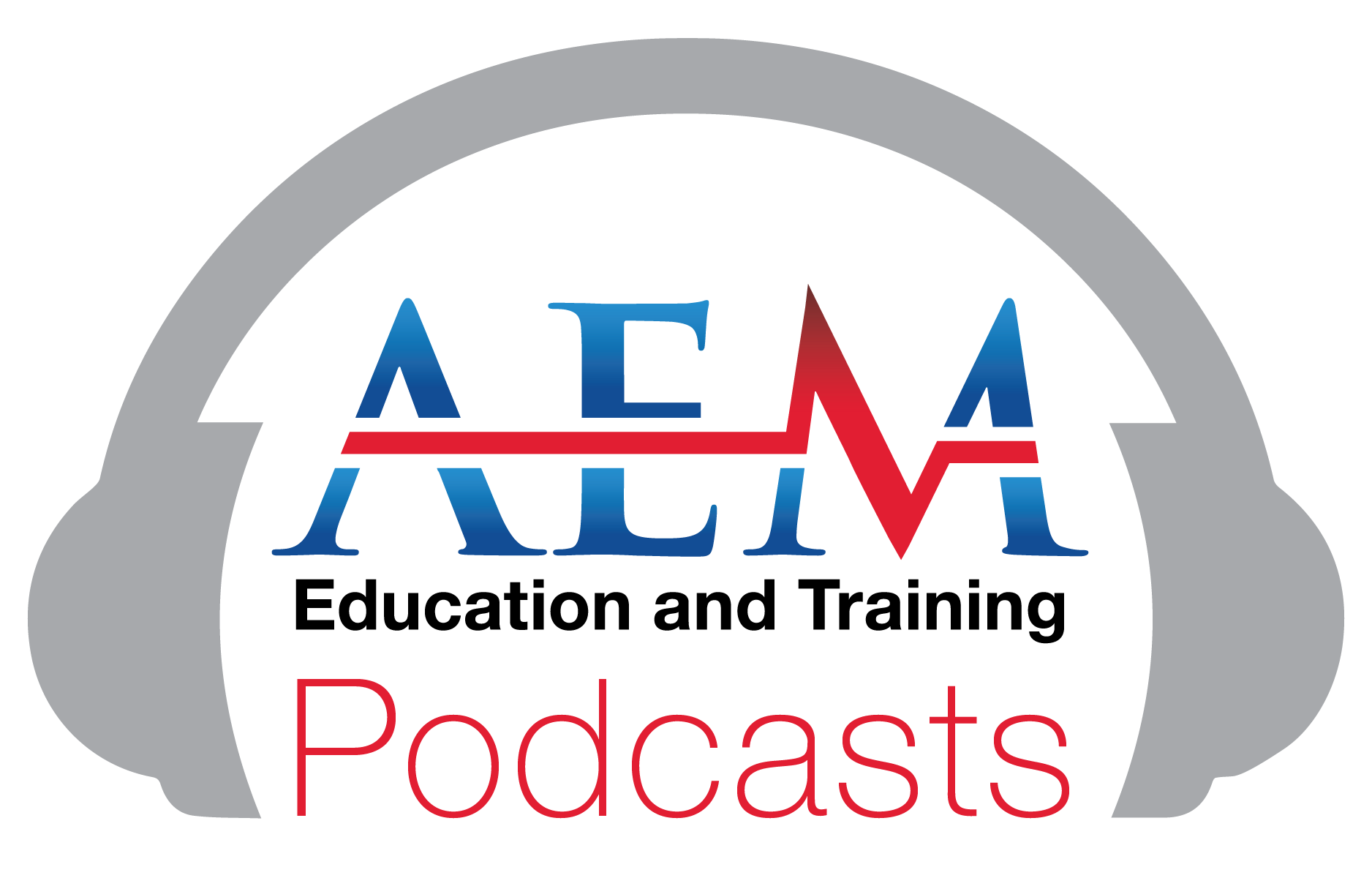AEM Early Access 54: COVID-19 Vaccine Hesitancy Among Patients in Two Urban Emergency Departments
Welcome to the fifty-fourth episode of AEM Early Access, a FOAMed podcast collaboration between the Academic Emergency Medicine Journal and Brown Emergency Medicine. Each month, we'll give you digital open access to a recent AEM Article or Article in Press, with an author interview podcast.
Find this podcast series on iTunes here.
DISCUSSING (OPEN ACCESS THROUGH SEPTEMBER 30, 2021; CLICK ON TITLE TO ACCESS)
COVID-19 Vaccine Hesitancy Among Patients in Two Urban Emergency Departments
Felix E. Fernández-Penny BS, Eliana L. Jolkovsky BA, Frances S. Shofer PhD, Keith C. Hemmert MD, Hisham Valiuddin MD, Julie E. Uspal MD, Nathaniel A. Sands MPH, Benjamin S. Abella MD, MPhil
LISTEN NOW: INTERVIEW WITH AUTHOR
Felix Fernandez-Penny
Clinical Research Coordinator in the Departments of Emergency Medicine, and Physical & Rehabilitation Medicine
University of Pennsylvania
Benjamin S. Abella, MD MPhil FAHA
Professor and Vice Chair for Research
Director, Center for Resuscitation Science
Department of Emergency Medicine
Perelman School of Medicine
University of Pennsylvania
Abstract
Background
Widespread vaccination is an essential component of the public health response to the COVID-19 pandemic, yet vaccine hesitancy remains pervasive. This prospective survey investigation aimed to measure the prevalence of vaccine hesitancy in a patient cohort at two urban Emergency Departments (EDs) and characterize underlying factors contributing to hesitancy.
Methods
Adult ED patients with stable clinical status (Emergency Severity Index 3-5) and without active COVID-19 disease or altered mental status were considered for participation. Demographic elements were collected, as well as reported barriers/concerns related to vaccination and trusted sources of health information. Data were collected in-person via a survey instrument proctored by trained research assistants.
Results
1,555 patients were approached, and 1,068 patients completed surveys (completion rate 68.7%). Mean age was 44.1 y (SD 15.5, range 18-93), 61% were female, and 70% were Black. 31.6% of ED patients reported vaccine hesitancy. Of note, 19.7% of the hesitant cohort were healthcare workers. In multivariable regression analysis, Black race (OR 4.24, 95%CI 2.62-6.85) and younger age (age 18-24 y, OR 4.57, 95%CI 2.66-7.86; age 25-35 y, OR 5.71, 95% CI 3.71-8.81) were independently associated with hesitancy, to a greater degree than level of education (high school education or less, OR 2.27, 95%CI 1.23-4.19). Hesitant patients were significantly less likely to trust governmental sources of vaccine information than non-hesitant patients (39.6% vs 78.9%, p<0.001); less difference was noted in the domain of trust towards friends/family (51.1% vs. 61.0%, p=0.004). Hesitant patients also reported perceived vaccine safety concerns and perceived insufficient research.
Conclusions
Vaccine hesitancy is common among ED patients, and more common among Black and younger patients, independent of education level. Hesitant patients report perceived safety concerns and low trust in government information sources, but less so friends or family. This suggests strategies to combat hesitancy may need tailoring to specific populations.


